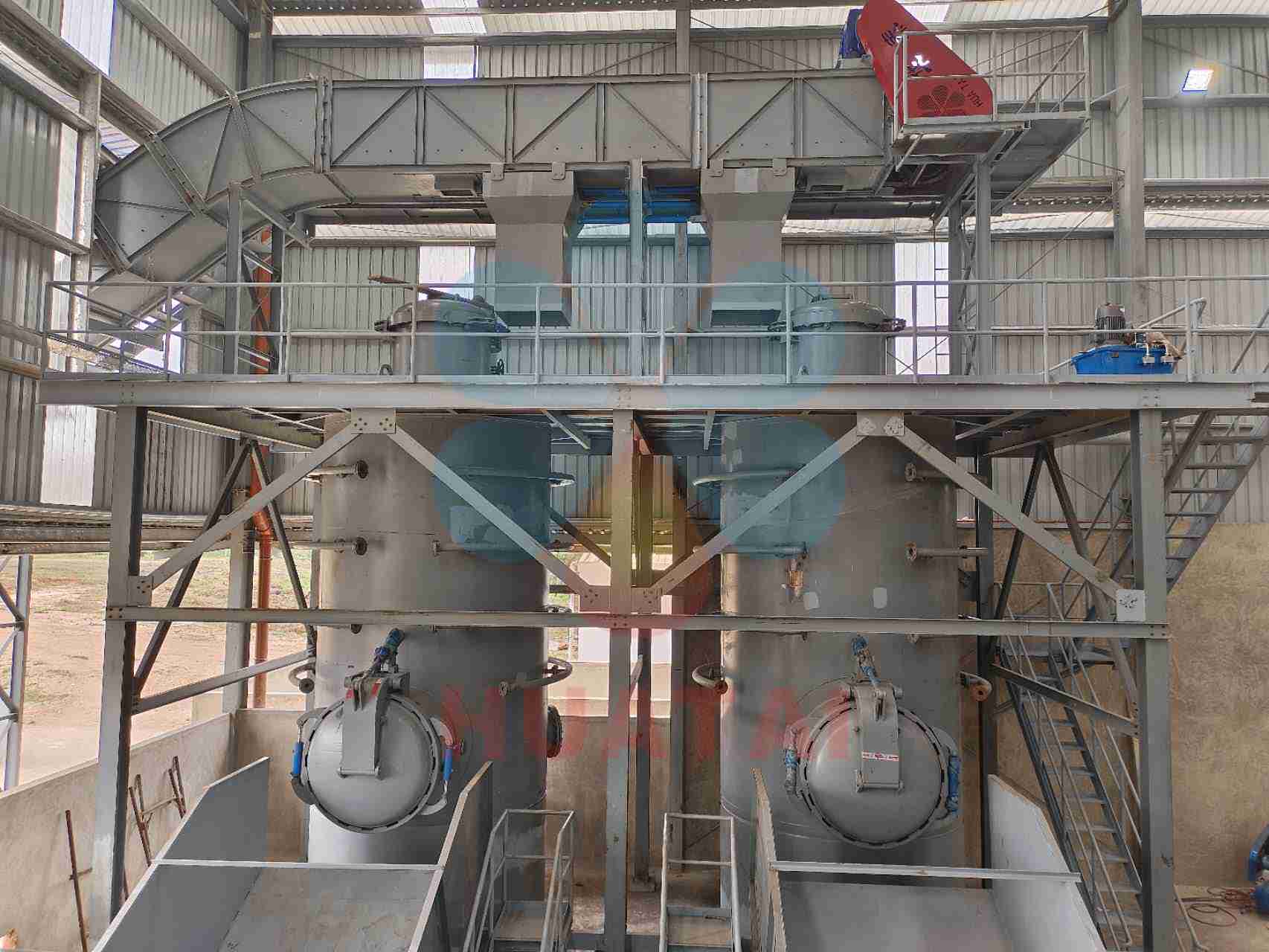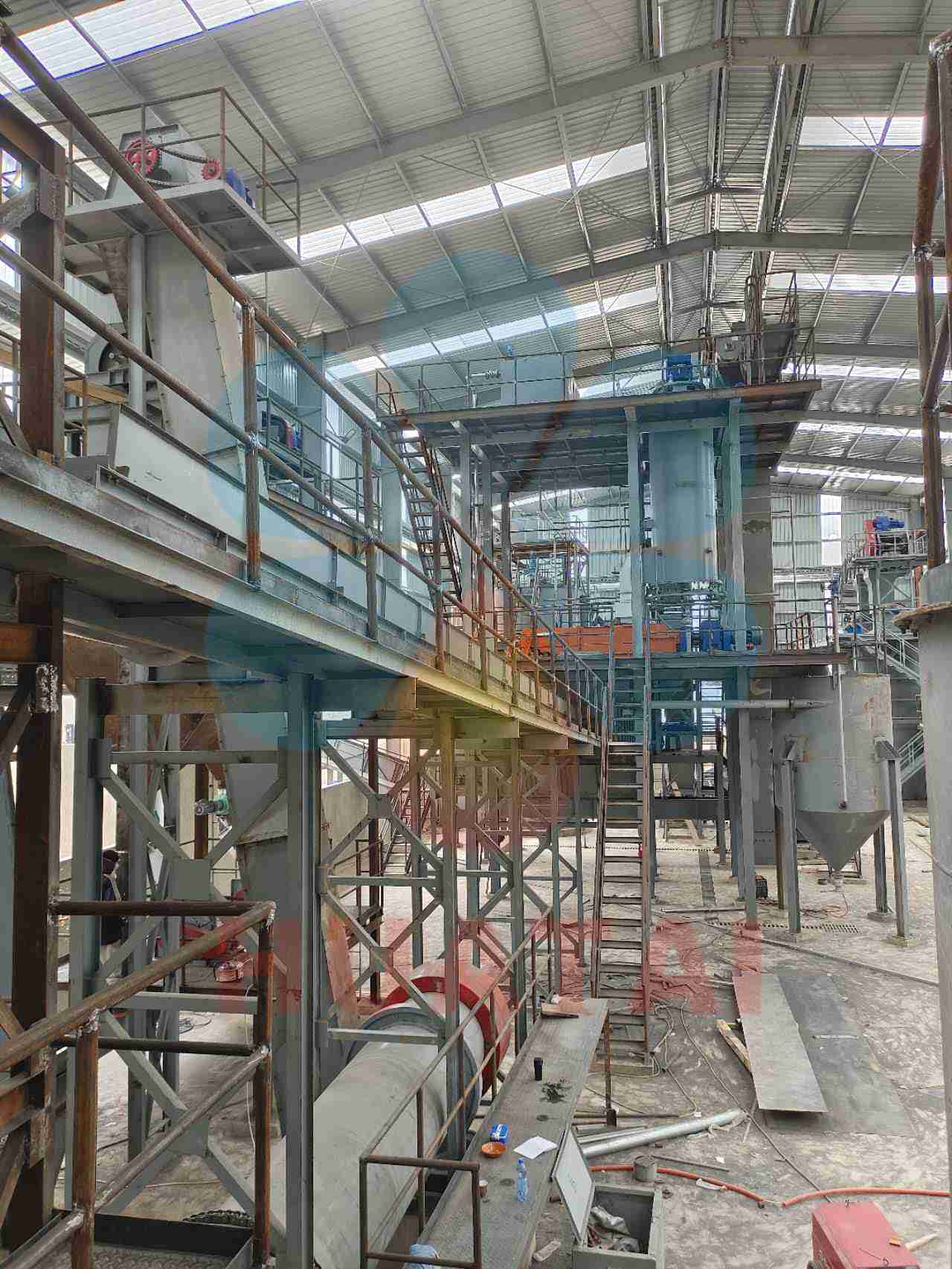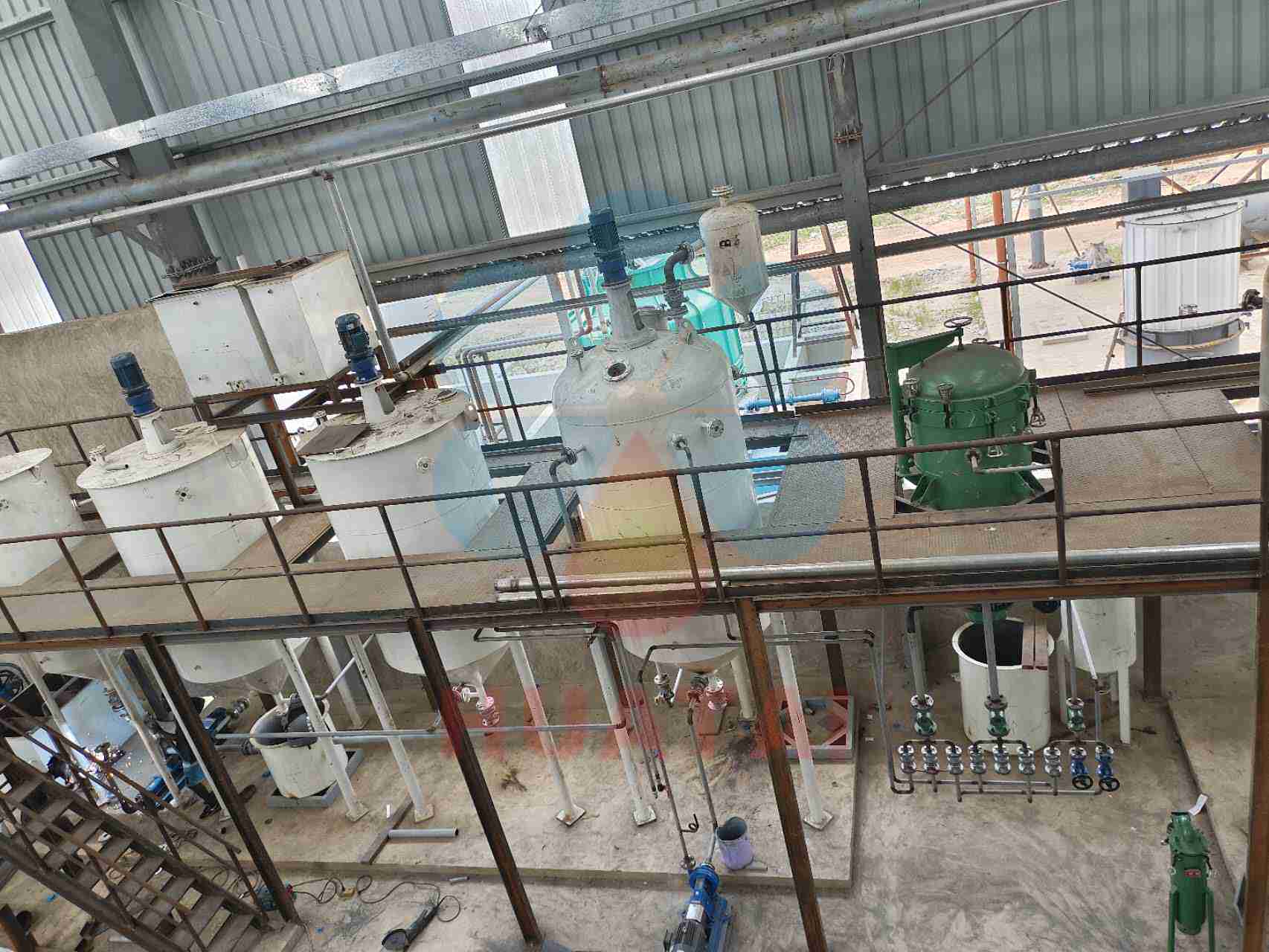Palm oil is extracted from the fruits of the oil palm tree, with the flesh and kernel separately producing palm oil and palm kernel oil. Traditionally, "palm oil" refers only to the former. Through refining and fractionation, palm oil can yield products with different melting points, which are widely used in the catering, food, and chemical industries. Southeast Asia and Africa are the main production regions of palm oil, accounting for approximately 88% of the world's total output. Indonesia, Malaysia, and Nigeria are the top three producers.
The production process for palm oil begins after the oil palm fruits ripen . Harvesting is done manually or mechanically, ensuring that the fruits remain intact and undamaged. After harvesting, the fruits must not be piled excessively to prevent overheating and fermentation. They need to be quickly processed to deactivate enzymes to ensure high-quality palm oil.

Investors should fully understand the processing techniques to equip oil mills adequately and produce market-compliant edible oils. The transformation of palm fruits into palm oil involves mechanical processes such as sterilization, threshing, crushing, pressing, deacidification, bleaching, deodorization, fractionation, drying, and packaging.
Sterilization is a crucial step, as the mature oil palm fruit contains enzymes that naturally degrade fats into free fatty acids, increasing acidity and reducing quality. This heat treatment softens and loosens the fruits, detaching them from the stalks, and decreases enzyme activity to prevent excess free fatty acid production, ensuring the oil's quality.
The detached fruits undergo cleaning, sorting, and crushing to break down their internal structure for easier oil extraction. Palm fruits have high oil content, and mechanical pressing yields an oil recovery rate of 75%-90%. Spiral oil press machines can be used for continuous processing.

Unlike most oilseeds, the pressing residue (palm kernel and fiber mixture) from palm oil production requires little solvent extraction since the residue contains minimal oil. Palm kernels can be further processed into palm kernel oil, making mechanical pressing sufficient for palm oil production.
The liquid obtained after pressing is a mixture of water, oil, solid residues, and fruit debris. Subsequent steps, like centrifugation and vacuum drying, separate impurities to yield crude palm oil. Crude palm oil contains phospholipids, proteins, and other colloidal impurities, as well as free fatty acids and pigments. Refining removes these impurities to produce nutritious, edible oil.
Palm oil refining can be categorized into physical and chemical methods, differing mainly in how free fatty acids are removed. Physical refining uses steam to volatilize and separate impurities, while chemical refining adds an alkaline solution to neutralize free fatty acids. Chemical refining is easier to operate but generates wastewater that requires treatment to avoid environmental harm.The choice of refining method depends on specific circumstances.

Huatai Oil Machinery provides good quality oil mill plant, time & fast delivery, perfect after-sale services, and reasonable price, contact us!
Website: https://www.huataioilmachine.com/Copyright @ Henan Huatai Cereals And Oils Machinery Co.,Ltd.